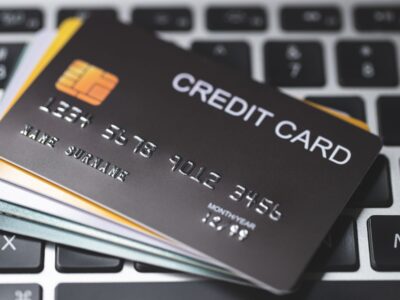| বাংলায় পড়ুন | Researchers and Reporters: Tanjil Fuad Anika Taieba |
Emergencies happen without warning. Anybody can experience unforeseen circumstances like unanticipated medical bills, car repair charges, or a brief lack of income. They may consequently cause the person to experience financial hardship. In such unforeseen circumstances, having an emergency fund helps you avoid debt or losing your long-term financial objectives. The following are the detailed instructions about how to build an emergency fund:
Step 1: Understand the value of having an emergency fund
First and foremost, we must recognize the need to balance our income and expenses and set up money for emergencies. A separate savings account designated for sudden expenses is known as an emergency fund. It provides the following advantages:
- In times of need, it helps prevent the need for borrowing.
- Peace of mind is preserved.
- Long-term financial objectives are maintained.
Start saving for emergencies now if you wish to improve your financial readiness or start new savings.

The importance and planning of an emergency fund. | Photo collected.
Step 2: Set a goal
Decide how much money you should have in your emergency fund before you begin saving. In this instance, figure out your monthly spending at the start. First, make a list of all of your monthly critical expenses, including rent, utilities, groceries, transportation, and so on. You can save money on things like entertainment.
Step 3: Calculate how much and how long you can save
Analyze your budget and revenue. Determine how much you can save each month by examining your income and expendire trends.
Set aside a percentage of your savings, say 50%, to prevent financial hardship.
Step 4: Select a suitable place for saving
While it should be conveniently available, your emergency fund should be kept apart from regular costs. An alternative that will shield you from unforeseen costs is a different bank account. Don’t put your emergency cash in high-risk investments like the stock market.
Step 5: Take it gradually at first, but keep going
If your livelihood depends on the job you have, try saving a little money. For instance, set aside 1% to 2% of your earnings. Put in place an automated savings plan. Put additional money, tax returns, or bonuses into an emergency fund. Be reliable. Large financial security can be achieved over time with little savings.
Step 6: Monitor and adjust your savings
Modify your emergency fund in accordance with any changes in your financial circumstances. Reset your objectives in this situation in light of your altered lifestyle. In the event that your income rises, up your savings rate. For emergencies, be sure that funds are readily available.

Monitor savings and coordinate the emergency fund. | Photo collected.
Step 7: Make appropriate use of it
Saving money alone is not enough; you also need to use it wisely. Your emergency fund should only be used for actual emergencies, including losing your job, having to pay for expensive medical care, or needing urgent home repairs. But after using the fund, make sure it is renewed.
Although it requires time and constant work, having an emergency fund is crucial for both financial stability and peace of mind. You can construct a solid fund if you so choose by establishing goals, saving consistently, picking the appropriate account, and applying self-control.
Even if it’s only a little, start today. The earlier you begin saving, the more equipped you will be to handle whatever obstacle life may present.



























Comments